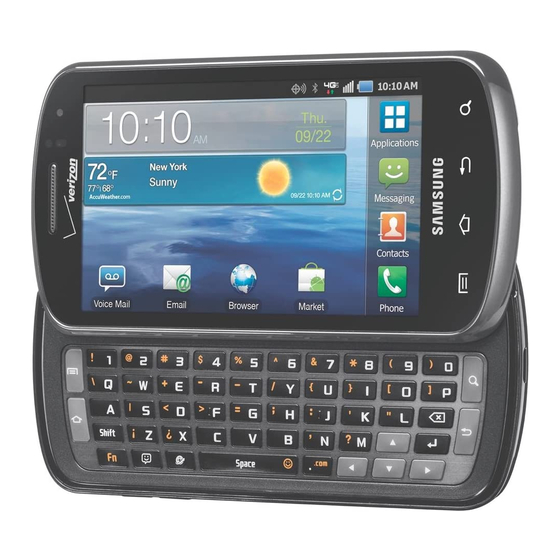
Samsung Stratosphere SCH-I405 User Manual
All digital android smartphone galaxy s phone
Hide thumbs
Also See for Stratosphere SCH-I405:
- User manual (236 pages) ,
- User manual (186 pages) ,
- User manual (41 pages)
Table of Contents
Advertisement
Advertisement
Table of Contents












Need help?
Do you have a question about the Stratosphere SCH-I405 and is the answer not in the manual?
Questions and answers